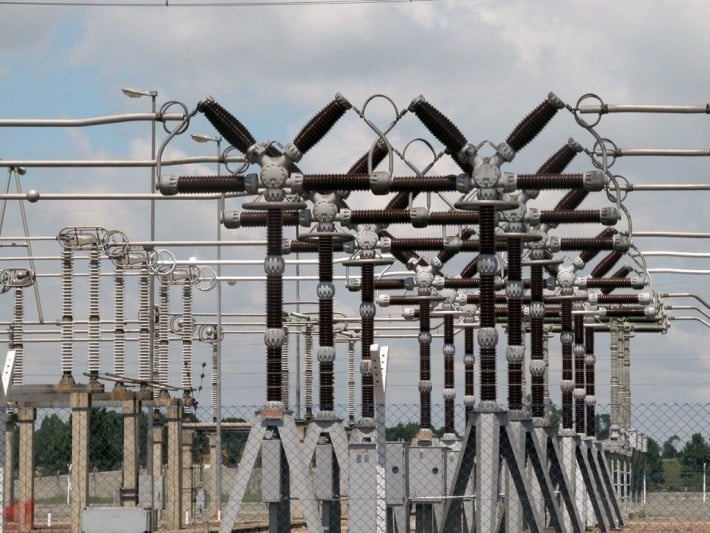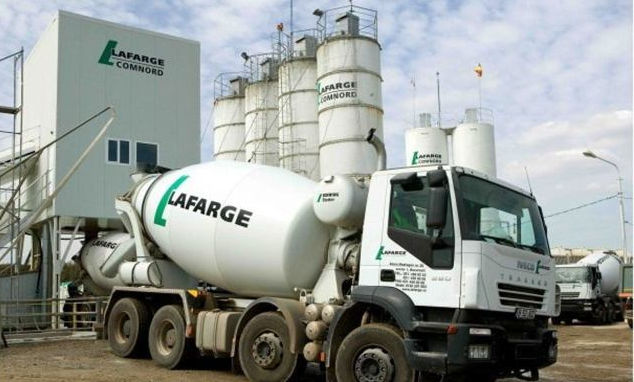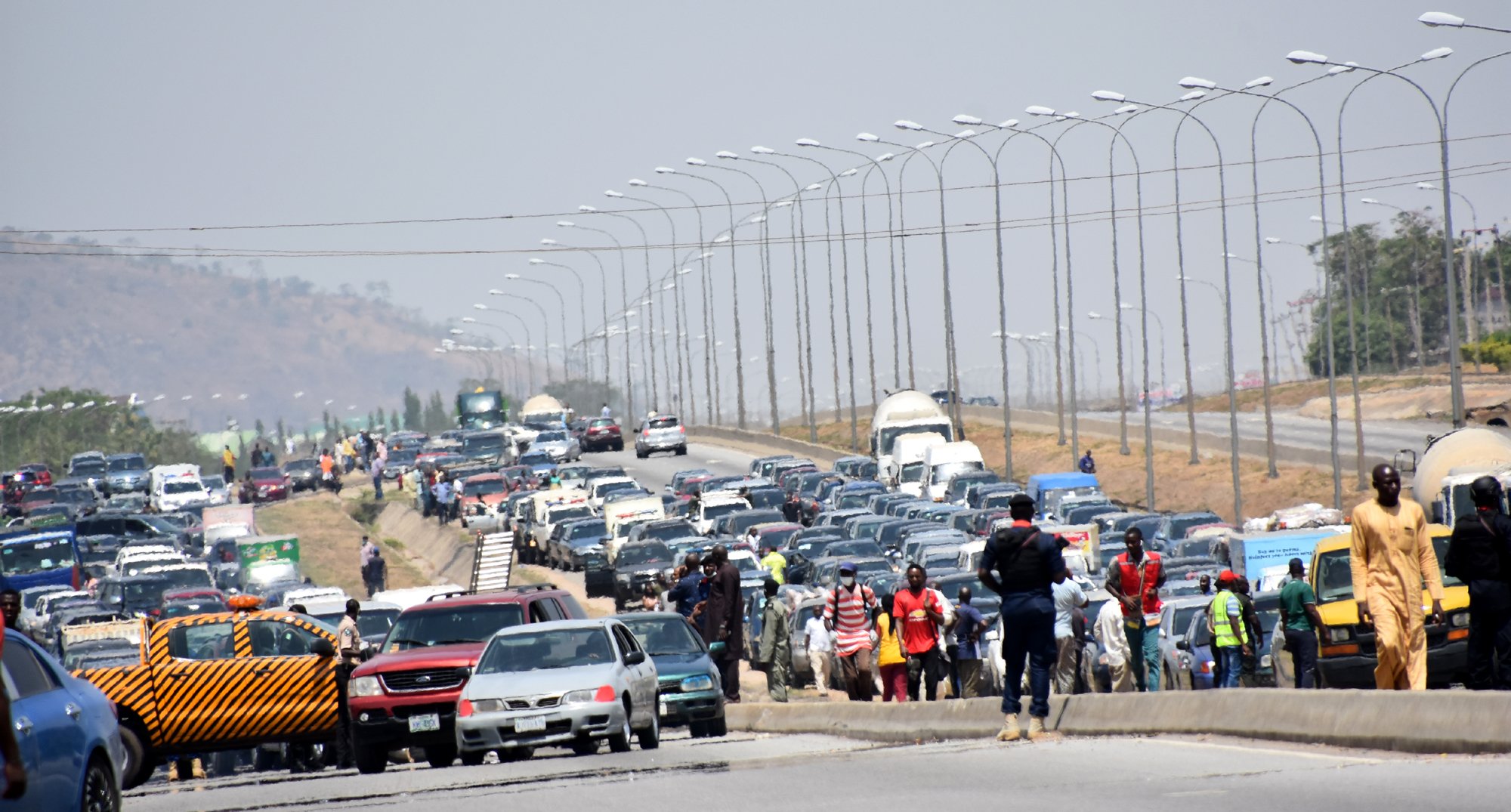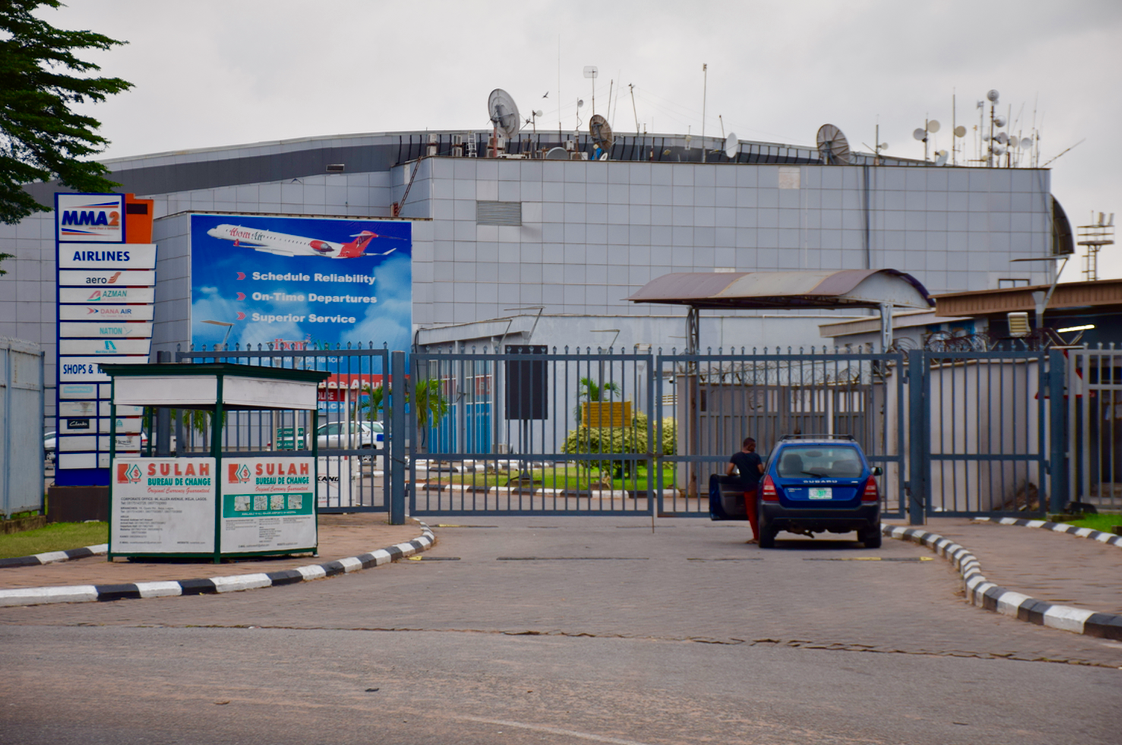Growing up in Nigeria, the answer to many questions about when something could happen – when work could get done, when school research could get done, when water could get pumped, and so on – was “When They Bring Light”. This is not a piece about why there is still a shortage of electricity in Nigeria several decades after. Many media outlets have done well to cover the political finger-pointing and bureaucratic dysfunction that has kept citizens in the Dark Ages, literally, with energy produced per person less than 5% that of emerging economies (IMF, 2017).
Rather, today there must be a focus on what must be done swiftly by the providers in the power sector to ensure Nigeria overcomes COVID-19, and that focus should be on adding predictability. “When They Bring Light”. OK, but when exactly is that? Regular citizens still have no clue. In the context of the COVID-19 crisis where people need to self-isolate for the sake of public health, the ability to predict when power will be available is a crucial service that would allow citizens to be more productive with limited resources, and thus, more likely to stay home longer.
Unprecedented times call for unprecedented measures, especially in the face of unincentivized power companies. When former President Olusegun Obasanjo signed the 2005 privatisation reforms (the Electric Power Sector Reform Act or EPSRA), the document itself included levers which could be pulled to spark some level of competition, such as introducing other sellers of electricity alongside the electricity distribution companies (DisCos). While the presence of those levers reveals that there was an awareness of the lack of competition in the sector that may stagnate performance, an assessment of how effective those levers are in addressing the problem causes concern. Put simply, there are two key problems that make it difficult to incentivise DisCos to act. The first is that each DisCo has an unchecked natural monopoly over the region it serves. The problem is not the strong natural monopoly, in fact, the infrastructure costs are so high that having multiple distribution networks serve the same customers is impractical. This is normal around the world. The problem is that the distribution monopolies in Nigeria are unchecked. Effective checks on monopolies typically include some form of transparency where the entities publish key performance metrics publicly, and for DisCos this would be a schedule of hourly power availability for every region of the country, shared months in advance. The second problem is that the sector’s other key players, the generation companies (GenCos) and the transmission company of Nigeria (TCN), are separate entities with separate incentives that make accountability difficult to establish.
Especially (but not exclusively) during this pandemic, customers need better responsiveness from all three, particularly the DisCos who can make and publish a formal schedule for citizens to be able to predict when electricity will be available. But how can such a swift response be incentivised, given the unchecked monopoly of DisCos and split interests of the rest of the value chain? That leads to further interconnected sub-questions:
Advertisement
1) What crucial actions are needed from DisCos as households and businesses are locked down for safety?
2) Why may such actions be opposed?
3) Conclusively, what does this all mean for a speedy reform that can improve the chances of citizens staying home productively during the new coronavirus, COVID-19? And what about after COVID-19?
Advertisement
What crucial actions are needed?
Following recommendations of the Nigeria Centre for Disease Control (NCDC) and the Federal Ministry of Health, President Muhammadu Buhari declared COVID-19 a dangerous infectious disease and mandated cessation of movements in Abuja, Lagos and Ogun – for the safety of citizens in these high-risk regions. For at least a few weeks following the 30th of March, 2020, the Quarantine Act will mean that 30million people must halt travel to their businesses and schools, with an expectation to conduct all necessities from their homes. To succeed, we need to schedule electricity accordingly.
With the lockdown, employees and students all around the world strive to maintain some of their commercial and academic productivity from home. However, the structure of Nigerian citizens’ power sources jeopardises the idea of remaining active remotely. Before the lockdown, businesses (including schools) provided the bulk of electricity for many citizens, with 86% of businesses running generators for most of their energy needs (Center for Global Development, 2014). Only 26% of households can afford such luxury, the rest have had to be content with an average of 3.6 to 6.3 hours per day of electricity, depending on region (National Bureau of Statistics, 2016). Worse still, the supply is unpredictable and uneven. Power cuts happen without schedule or warning, taking hours, days or sometimes weeks to return, and some – typically, affluent – localities enjoy a lot more energy availability than the majority. While the long-term goal is to deal with the low supply of electricity, the short-term goal should be scheduling when each locality gets their hours, as predictably and equitably as possible.
To demonstrate that such a schedule is within the technical capability of DisCos, one need only look to examples around our subcontinent where power cuts are prearranged. Zambia’s power company, ZESCO Limited, manages the deficit between demand and supply of electricity by communicating a time table on their website for every region, countrywide. When needed, South Africa’s power company, Eskom, does the same. While such examples demonstrate that such a schedule can be put together and shared, what is less apparent are the possible reasons such a schedule is still unavailable to the Nigerian public today.
Advertisement
Why may such actions be opposed?
Firstly, even though the need for a power availability schedule (called a Load Shedding Schedule in some countries) is intended to improve household productivity, DisCos are likely to fear the public backlash of publishing poor performance for all to see. Sharing planned outages may not only heighten dissatisfaction amongst their customers, but influential customers may pressurise DisCos to make time and duration allocations in their favour. However, it is likely that such pressures already exist, and hence, publishing a schedule not only improves the users’ ability to plan, but it becomes an incentive for DisCos to improve capacity and equity. Management at DisCos would face the discomfiture that comes with poor performance for the regions they hold natural monopolies on.
Secondly, low sectoral accountability has placed the sector in a precarious position where improvements are stagnated, and no one feels equipped to or interested in taking responsibility. Zambia and South Africa both run an energy sector that is a consolidated entity, both ZESCO and Eskom run the entire value chain of generation, transmission and distribution. In contrast, Nigeria runs an unbundled and fragmented value chain where separate entities run generation (x6), transmission (x1) and distribution (x11). This split yields problems when trying to pinpoint accountability for sector-wide performance problems. Combined with the lack of choice and competition among DisCos, this lack of accountability means that it is quite difficult for customers to demand a rapid response to this request for a schedule – even with the pandemic heightening the stakes.
The case of the recent Willing Buyer Willing Seller (WBWS) policy put forth by the Ministry of Power offers insight to how these oppositions manifest in context. The WBWS policy is a lever permitted by the EPSRA 2005 which the Ministry of Power enacted in December 2019 to allow GenCos sell electricity directly to users. However, this policy follows familiar and unsatisfying motions. That is, DisCos struggle to keep up with demand, a new policy tries to circumvent this without addressing neither the problem of unchecked monopoly nor the lack of accountability, and no immediate improvements occur for users.
Advertisement
DisCos have been on the backfoot for a while, not only due to lack of competition but also due to rising demand. On one hand, access has been stagnant – 52% of the population had access to the grid in 2003 and still only 54% in 2017, and energy capacity is low – only 144kWh/capita of energy can be consumed, which is just 2% of Germany’s per capita energy consumption (World Bank Data, 2003, 2014, 2017). On the other hand, the growth rate of the population creates a moving target that leaves DisCos perpetually behind. The increase of 55million people since 2005 undoubtedly challenges DisCos’ ability to improve service per capita. However, the megawatts (MW) power capacity of the sector, a proxy that represents the number of consumers that can be served at any single moment, tells a less excusable story. While GenCos are culpable too with actual production of only about 7,650MW, the DisCos’ capacity to distribute power is even less, at about 5,000MW (Nigeria Electricity System Operator Report, 2020). WBWS institutes an allowance for customers to buy the leftover 2650MW directly from GenCos.
While the idea behind WBWS (which builds on Part II Section 26 of the EPSRA) is to bypass some of the DisCos’ monopoly and spark some competition, the policy also intends to target the problem of imbalance in government subsidies. The sector’s government subsidies have so far disproportionately favoured the rich. Higher-income earners tend to use more electricity than their lower-income counterparts, and this translates to the bulk of government subsidies going unnecessarily to the wealthier few. Considering that such subsidies discourage private investors, the WBWS policy’s aim of mitigating subsidies has its merits. However, a closer look at the policy demonstrates how it may struggle to alleviate key problems the sector faces, and the change introduced falls short of incentivising DisCos to act.
Advertisement
Challenge No.1: For most people WBWS is too expensive, which disqualifies the choice
With the bulk of the population living on less than $1.90 a day (World Bank Data, 2018), the price premium for WBWS is untenable for most. In exchange for near-100% power availability, WBWS requires that customers pay unsubsidised tariffs, but that’s conservatively estimated to be an increase of 50% in rates, and up to 10 times in absolute fees for those that indeed receive near-constant electricity. Users already struggle to afford the subsidized electricity bills, with payment rates below 60% in most regions of the country (PwC, 2019). Further still, many bills are unpaid due to the distrust customers have for providers following a history of overbilling by the DisCos, a criticism that has been verified by the Nigerian Electricity Regulatory Commission (NERC) – the sector’s independent regulator. WBWS mandates that prepayment meters are installed to track usage and allow customers to consume only after preloading credit. While this pay-as-you-go system improves the billing reliability, consumers have been expected to pay the installation costs. By design, all these costs combine in a way that excludes most users from the choice, competition remains weak, and thus, the unchecked monopolies persist.
Advertisement
Challenge No.2: Rather than address accountability, it focuses only on profitability
The WBWS case demonstrates how accountability for weak infrastructure remains unaddressed, while the providers jostle for profitability. As stated above, bill collection rates are low, and many customers struggle with affordability, to the point that the DisCos in turn are up to $3.2Billion in debt to GenCos (Ministry of Power, 2019). Although WBWS shores up GenCos’ revenues by allowing some customers pay directly, the customers able to make such payments would likely be those that are financially strongest. Thus, WBWS may inadvertently shrink the pool of paying customers, and in doing so, limit the revenues DisCos need for infrastructural investments. While the policy tries to protect DisCos by offering them first-right-of-refusal of GenCo-supplied megawatts, the fewer customers that pay, the less capacity DisCos will have to support the population and the larger the profitability GenCos can benefit from. In all this, the accountability to GenCos seems to be overshadowing the accountability to customers.
Advertisement
Conclusion: What does this all mean for a speedy reform that can improve the chances of citizens staying home productively during the new coronavirus, COVID-19? What about after COVID-19?
As it seems against the DisCos’ incentives to swiftly support citizens by sharing a schedule, particularly considering their lagging performance, infrastructural incapability, and lack of accountability for their role in the sector, the government may have to intervene. Although DisCos are private companies, the federal government still owns a 40% stake in all DisCos, which should serve as an opportunity to influence for the good of the public. The Ministry of Power, and NERC, should mandate that a power availability schedule be created and shared publicly to aid both this time of crisis management and thereafter.
It is necessary to acknowledge there are other political implications of transparently publishing regional energy availability. While the sectoral activities and population of some regions demand more energy provision than others, other unwarranted variations likely exist, and in general, regional variations may be politically consequential. However, part of the intent of transparency is to motivate equity as part of the schedule creation. Political consequences are growing pains that come with leadership, and the example of Zambia and South Africa may help show how these may be adapted for Nigeria’s benefit. The safety and productivity of the nation supersede all other interests or concerns.
Also, why limit the scope to COVID-19? Certainly, this pandemic calls for bold and quick actions, but such productivity gains should be expected to carry on afterwards. The short-term benefits of this transparent schedule of power distribution include equity in service for each customer, the ability to ration resources such as generator fuel, and the added ability to organise productivity around the expected periods of service, no matter what time of day/night that is. In the long-term, such benefits not only continue, but this schedule can serve as a form of accountability for DisCos; a trackable data source that citizens can hold company management to if improvements continue to stagnate, or a source to celebrate performance should improvements emerge.
Oguguo, CEng MIET, MSc, is a chartered engineer and member of the institute of engineering and technology. He specialises in design and governance of electricity systems in developed and developing countries, and led post-disaster public service repairs in the mid-2000s after Hurricane Katrina in the U.S. Although currently affiliated with Cummins Inc and the African Development postgraduate programme at the London School of Economics (LSE), opinions proffered are his alone. LinkedIn | Instagram | Twitter
Add a comment







